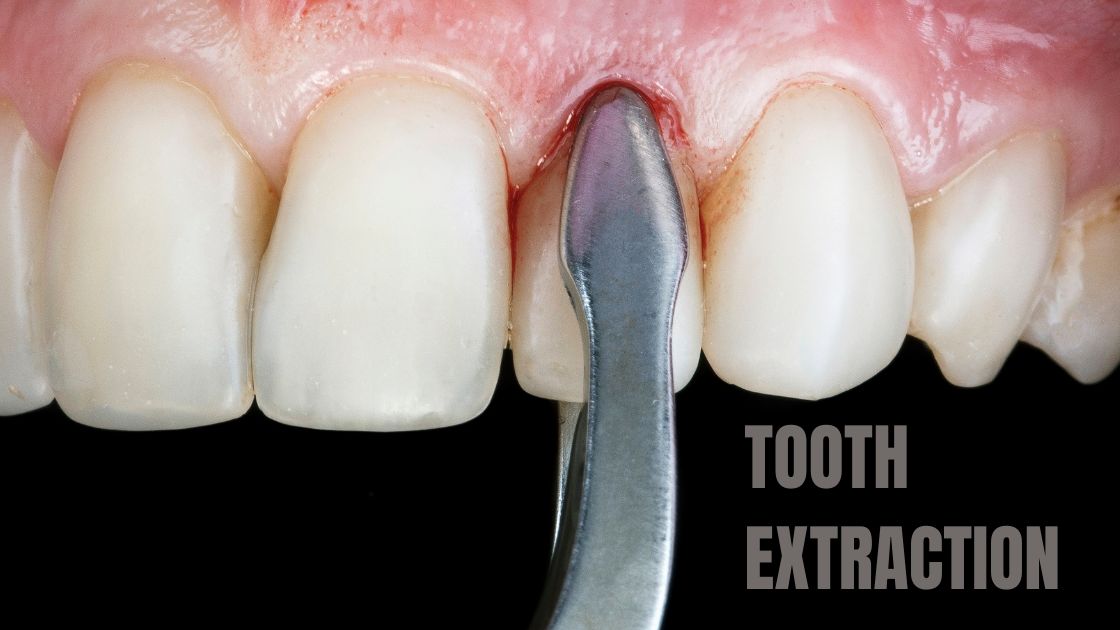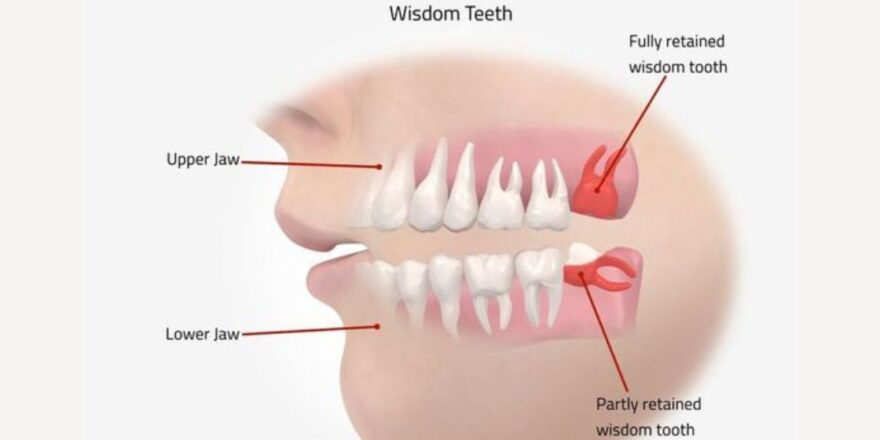Tooth extraction is a routine dental procedure wherein a tooth is removed from its socket within the bone. While the thought of having a tooth removed can be intimidating, this procedure is often necessary to maintain or improve oral health. This comprehensive guide covers the various aspects of tooth extraction, including reasons for the procedure, types of extractions, the process itself, recovery, aftercare, and potential complications.
Reasons for Tooth Extraction
There are several reasons why a tooth might need to be extracted, including:
Severe Tooth Decay or Infection: In cases of severe tooth decay or infection where treatments like fillings or root canals are not feasible, extraction becomes imperative to halt the spread of the infection.
Crowded Mouth: Teeth may need to be removed to make space for proper alignment, especially before orthodontic treatments like braces.
Periodontal (Gum) Disease: Severe gum disease can lead to damage to the supporting tissues and bone, necessitating the removal of the affected teeth.
Impacted Teeth: Teeth that fail to erupt properly, such as wisdom teeth, can become impacted and may require extraction to prevent pain, infection, or damage to adjacent teeth.
Trauma or Injury: Teeth that are damaged beyond repair due to trauma or injury may need to be extracted.
Types of Tooth Extractions
Tooth extractions can be categorized into 2 main types:
Simple Extractions: These are performed on teeth that are visible in the mouth. A dentist typically uses local anesthesia to numb the area, then loosens the tooth with an elevator and removes it with forceps.
Surgical Extractions: These are intricate procedures necessary for teeth that are difficult to access, such as impacted teeth. Surgical extractions may involve cutting into the gum and sometimes removing bone around the tooth. This procedure is usually done under local anesthesia, sedation, or general anesthesia.
The Tooth Extraction Process
The process of tooth extraction involves multiple steps:
Consultation and Examination: The dentist will conduct a thorough examination of your teeth and may perform X-rays to evaluate the tooth’s position and the surrounding bone structure. This assessment aids in the planning of the extraction procedure.
Anesthesia: Before the extraction, the dentist will apply local anesthesia to numb the area surrounding the tooth. Sedation or general anesthesia might be utilized for surgical extractions.
Extraction:
- Simple Extraction: The dentist uses an elevator to loosen the tooth and forceps to remove it.
- Surgical Extraction: The dentist makes an incision in the gum to access the tooth. In some cases, bone around the tooth may be removed, or the tooth may be divided into pieces for easier removal.
Stitching (if necessary): For surgical extractions, stitches may be used to close the incision. These stitches can be either dissolvable or require removal at a follow-up appointment.
Gauze Placement: A gauze pad is positioned over the extraction site to manage bleeding and facilitate the formation of a blood clot.
Recovery and Aftercare
Adequate post-operative care following a tooth extraction is vital for promoting healing and minimizing potential complications. Here are some tips for a smooth recovery:
Pain Management: Ibuprofen, an over-the-counter pain reliever, can assist in alleviating discomfort. If needed, your dentist may prescribe stronger pain medication.
Managing Swelling: Using an ice pack on the affected area for intervals of 10-20 minutes can aid in reducing swelling.
Dietary Adjustments: Stick to a diet of soft foods and steer clear of hot, spicy, or crunchy foods that may irritate the extraction site. As you progress in healing, gradually reintroduce solid foods.
Oral Hygiene: Maintain oral hygiene while being gentle around the extraction site. Avoid brushing the affected area for the first 24 hours. After this period, rinse with a saltwater solution to keep the area clean and promote healing.
Avoid Certain Activities: Refrain from smoking, using straws, and vigorous rinsing or spitting, as these can dislodge the blood clot and lead to a painful condition called dry socket.
Follow-Up Visits: Attend any scheduled follow-up appointments to ensure proper healing and address any concerns.
Potential Complications
While tooth extractions are generally safe, complications can occur. It’s important to be aware of the following potential issues:
Dry Socket: This occurs when the blood clot at the extraction site fails to develop or is dislodged, leading to the exposure of the underlying bone and nerves. This condition can cause significant pain and impede the healing process.
Infection: Signs of infection include fever, increased pain, swelling, and discharge from the extraction site. Antibiotics may be prescribed to treat an infection.
Prolonged Bleeding: Slight bleeding is normal, but if it persists beyond 24 hours, contact your dentist.
Nerve Injury: Rarely, nerve injury can occur, particularly with lower wisdom teeth extractions, leading to numbness or tingling in the tongue, lips, or chin. This is usually temporary but can be permanent in rare cases.
Sinus Issues: For upper teeth, especially molars, extraction can sometimes lead to sinus complications, requiring further treatment.
Conclusion
Tooth extraction is a routine dental procedure that can significantly improve your oral health and overall well-being. Understanding the reasons for extraction, the types of procedures, what to expect during the process, and how to care for yourself afterward can help alleviate anxiety and ensure a smooth recovery. If you have any concerns or experience any complications, don’t hesitate to contact your dentist. It’s crucial to remember that maintaining superb oral hygiene and scheduling routine dental check-ups are fundamental elements in preventing the need for extractions entirely.




